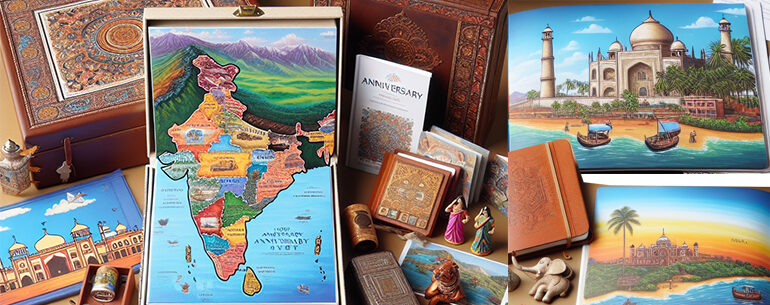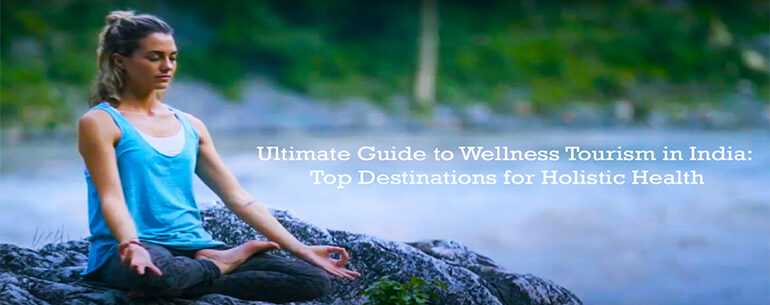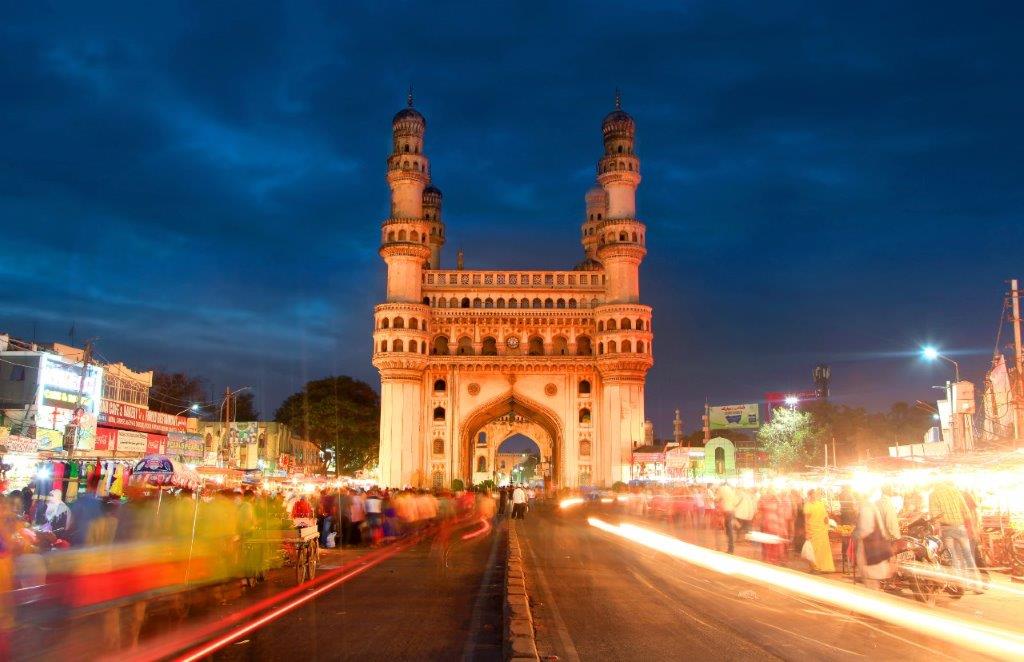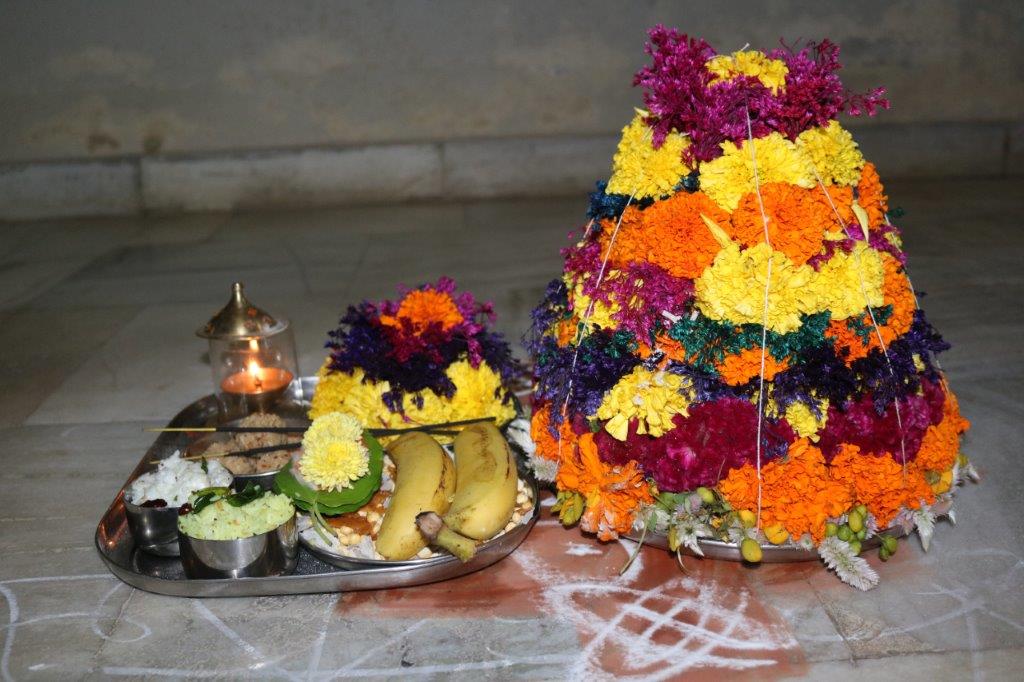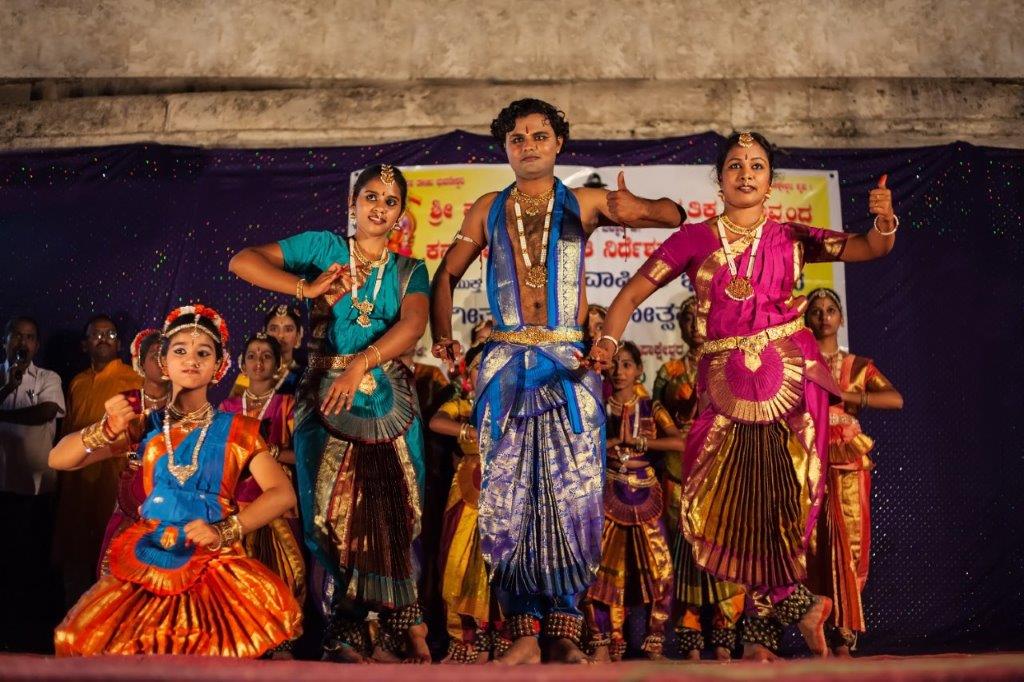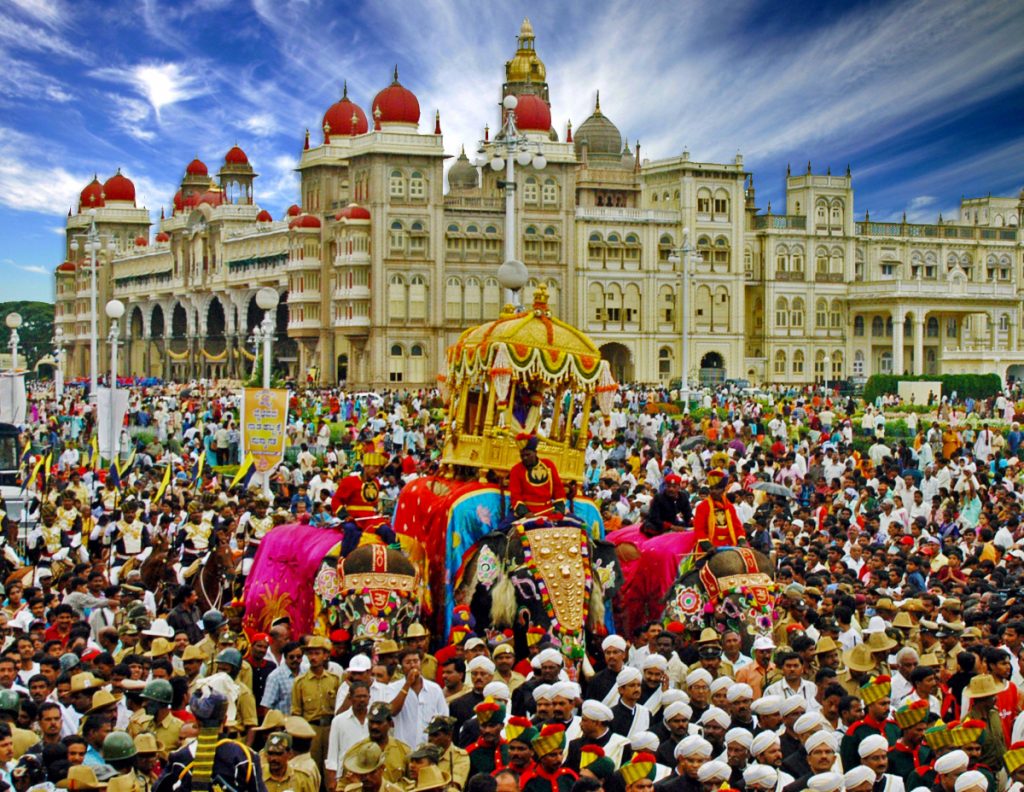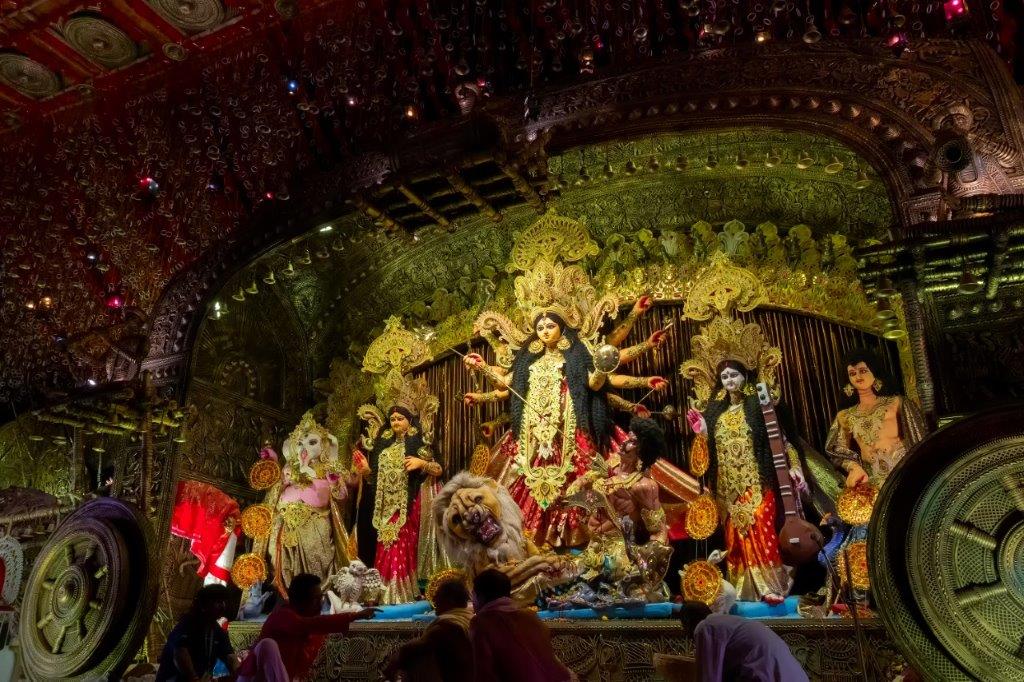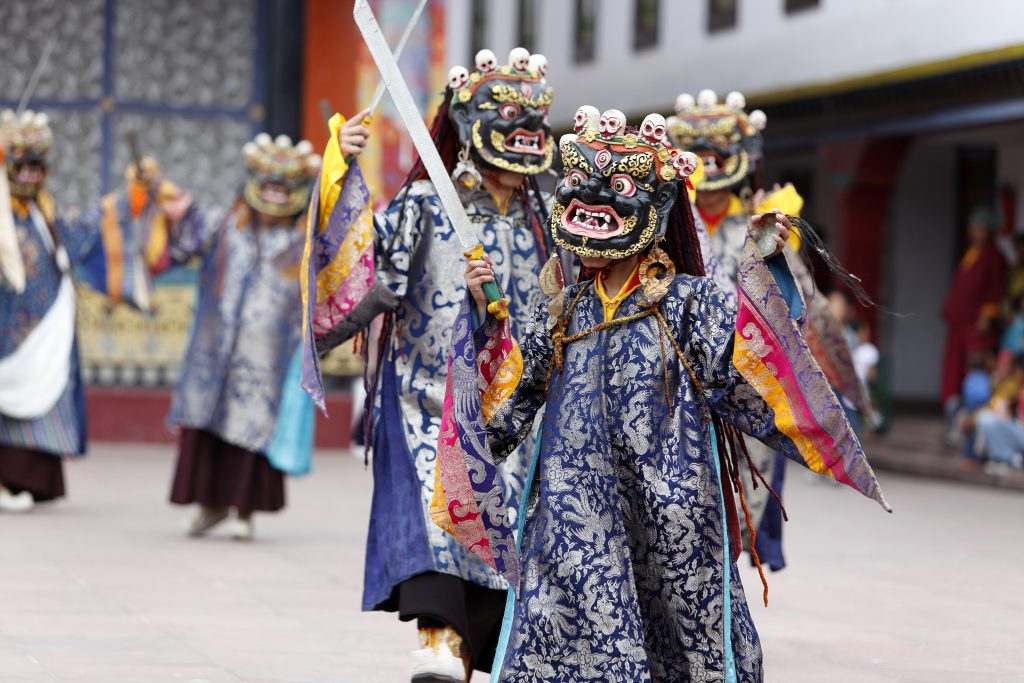Kazhugumalai – The Ellora of South India
Tucked away in the serene landscape of Tamil Nadu, Kazhugumalai is a hidden gem that boasts a rich cultural and historical legacy. Often referred to as the “Ellora of South India,” Kazhugumalai is home to the awe-inspiring Vettuvan Koil, a monolithic rock-cut temple that stands as a testament to ancient Tamil architecture and devotion. This temple, though incomplete, captivates visitors with its intricate carvings and enigmatic history. In this blog, we’ll delve into the fascinating history of Vettuvan Koil, explore its significance, and answer the intriguing question: Is Vettuvan Koil a living temple or a non-living monument?
The Historical Background of Kazhugumalai
Kazhugumalai, which translates to “Hill of the Vultures,” is a small village in the Thoothukudi district of Tamil Nadu. This quaint location is steeped in history, dating back to the 8th century CE. The site gained prominence under the rule of the Pandya dynasty, who were known for their patronage of art, architecture, and religion. The Pandya kings, particularly Jatila Paranthaka Nedunjadaiyan, are believed to have commissioned the construction of the Vettuvan Koil.
The region around Kazhugumalai is scattered with Jain and Hindu monuments, showcasing a harmonious coexistence of different religious traditions. The most notable of these monuments is the Vettuvan Koil, a remarkable example of rock-cut architecture that draws comparisons to the famous Ellora caves in Maharashtra.
The Names and Significance of Vettuvan Koil
The name “Vettuvan Koil” itself is fascinating, as it reflects the temple’s association with sculptors. The word “Vettuvan” can be interpreted as “sculptor” or “hunter,” which has led to different interpretations of the temple’s significance. Some believe that the temple was dedicated to Lord Shiva in his form as a hunter, while others view it as a tribute to the artisans who crafted the temple.
In addition to its religious significance, Vettuvan Koil holds great cultural and historical importance. The temple is a symbol of the artistic achievements of the Pandya dynasty and serves as a reminder of the region’s rich heritage. It also reflects the religious diversity of the time, as the nearby Jain monuments suggest a thriving community of Jain monks and followers who coexisted peacefully with the Hindu population.
Vettuvan Koil: The Incomplete Masterpiece
Vettuvan Koil, which translates to “Temple of the Sculptor,” is the crown jewel of Kazhugumalai. This temple, carved out of a single granite rock, was intended to be a magnificent structure However, for reasons lost to history, the temple remains incomplete, adding to its mystique and allure.
The temple’s incomplete state has led to various theories and speculations. Some believe that the sudden death of the king who commissioned the temple halted its construction, while others suggest that the workers abandoned the project due to unknown reasons. Despite its unfinished state, Vettuvan Koil stands as a testament to the skill and dedication of the artisans who worked on it.
Architectural Significance
The architectural brilliance of Vettuvan Koil lies in its intricate carvings and precise craftsmanship. The temple’s exterior is adorned with detailed sculptures of deities, mythical creatures, and floral motifs. The most striking feature is the elaborately carved tower (vimana) that rises above the temple’s sanctum. This tower is adorned with stunning reliefs, including depictions of Lord Shiva in various forms, along with his consort Parvati.
One of the most remarkable aspects of Vettuvan Koil is that it was carved from the top down, a technique known as monolithic rock-cut architecture. This method requires immense precision, as any mistake made during the carving process could be irreparable. The fact that such detailed work was achieved without modern tools or technology speaks volumes about the skill and expertise of the ancient Tamil sculptors.
Is Vettuvan Koil a Living Temple?
One of the most intriguing questions surrounding Vettuvan Koil is whether it is a living temple or a non-living monument. In Hindu tradition, a “living temple” is one where regular rituals and worship are conducted, and the presence of a deity is believed to be active. On the other hand, a “non-living temple” or monument is one where worship has ceased, and the site is preserved primarily for its historical and architectural value.
Vettuvan Koil falls into the latter category. While it was intended to be a grand temple dedicated to Lord Shiva, the incomplete nature of the structure meant that it was never consecrated or used for regular worship. As a result, Vettuvan Koil is considered a non-living temple, preserved today as an important archaeological site and a testament to the region’s rich artistic heritage.
The Legacy of Kazhugumalai and Vettuvan Koil
The legacy of Kazhugumalai and Vettuvan Koil extends beyond their historical and architectural significance. They serve as a window into the past, offering insights into the religious and cultural practices of ancient Tamil Nadu. The intricate carvings and unfinished nature of Vettuvan Koil evoke a sense of wonder and curiosity, drawing visitors from all over the world who seek to unravel its mysteries.
In recent years, there has been a growing interest in preserving and promoting Kazhugumalai as a tourist destination. Efforts are being made to protect the site and raise awareness about its historical importance. As more people discover the beauty and significance of Kazhugumalai, it is hoped that this hidden gem will receive the recognition it deserves.
The Jain Abode at Kazhugumalai
The Jain temple at Kazhugumalai was a prominent center for Jainism from the 6th to 13th centuries CE. The southern part of the mountain is adorned with 156 bas-relief sculptures of Tirthankaras, including Parshvanatha and Mahavira, dating back to the 8th and 9th centuries CE. the site is believed to possess spiritual energy.
is a site of great historical and religious significance, particularly known for its rich Jain heritage. During the early medieval period, Kazhugumalai was a prominent center for Jainism, which is evident from the numerous ancient Jain monuments, inscriptions, and rock-cut sculptures found in the region.
One of the most notable Jain sites in Kazhugumalai is the Jain Beds (also known as “Samanar Padukkai”), which are rock-cut cave shelters used by Jain monks for meditation and religious practices. These caves feature intricately carved bas-reliefs depicting Tirthankaras, the revered spiritual teachers in Jainism. The most famous among these is the image of Bhagwan Parshvanatha, the 23rd Tirthankara, depicted with a multi-headed serpent canopy.
The presence of both Hindu and Jain monuments in Kazhugumalai reflects the region’s diverse religious history. It also underscores the peaceful coexistence of different religious communities and their shared cultural heritage. This collocation of Jain and Hindu sites at Kazhugumalai offers a unique view on the religious landscape of South India during the early medieval period.
Today, Kazhugumalai’s Jain monuments are not only a place of pilgrimage for followers of Jainism but also an important site for historians and tourists interested in exploring the ancient religious traditions of the region.
Visiting Kazhugumalai
When visiting Kazhugumalai, it’s important to plan your trip wisely. The best time to visit is between 8 am and 11 am or 4 pm and 5:30 pm to avoid the midday heat. Here are a few tips for your visit:
- Dress Code: Lightweight cotton clothing is recommended.
- Essentials: Carry a water bottle, hat, sunglasses, tissues, and healthy drinks.
How to Reach Vettuvan Koil at Kazhugumalai:
Vettuvan Koil is located in Kazhugumalai, a panchayat town in the Kovilpatti taluk of Tuticorin District, Tamil Nadu. To reach this historic site, you can take a bus or drive from nearby cities. If you’re coming from Madurai, which is about 125 kilometers away, you can reach Kazhugumalai via Kovilpatti or Sankarankovil. From Kovilpatti, it’s roughly a 21-kilometer drive, making it a convenient route. Alternatively, if you’re traveling from Tirunelveli, Kazhugumalai is approximately 56 kilometers away. Public buses and private taxis are readily available from both cities, offering easy access to the site. Once in Kazhugumalai, Vettuvan Koil is a short trek up the hill, so be prepared for a brief climb to witness the architectural marvel nestled amidst the scenic landscape.
FAQs
1. Why is Kazhugumalai called the “Ellora of South India”?
Kazhugumalai is often referred to as the “Ellora of South India” because of its impressive rock-cut architecture, which draws comparisons to the famous Ellora caves in Maharashtra. The Vettuvan Koil, in particular, showcases intricate carvings and architectural brilliance similar to that of the Ellora temples.
2. What is the significance of the name “Vettuvan Koil”?
The name “Vettuvan Koil” can be interpreted as “Temple of the Sculptor” or “Temple of the Hunter.” It reflects the temple’s association with sculptors and possibly the deity Lord Shiva in his form as a hunter.
3. Is Vettuvan Koil a living temple?
No, Vettuvan Koil is considered a non-living temple. The temple was never consecrated or used for regular worship due to its incomplete nature, and it is now preserved as an important historical and archaeological site.
4. What is the architectural style of Vettuvan Koil?
Vettuvan Koil is a monolithic rock-cut temple, meaning it was carved out of a single granite rock. The temple features intricate carvings, including a richly decorated tower (vimana) with depictions of deities and mythical creatures.
5. What efforts are being made to preserve Kazhugumalai and Vettuvan Koil?
There are ongoing efforts to protect Kazhugumalai and Vettuvan Koil as important cultural heritage sites. These include raising awareness about their historical significance, promoting them as tourist destinations, and ensuring their preservation for future generations.
Conclusion:
Kazhugumalai, often dubbed the “Ellora of South India,” is more than just a historic site, enduring symbols of Tamil Nadu’s rich cultural and artistic heritage. The intricate rock-cut temples, the serene Jain sculptures, and the town’s rich cultural history offer a unique window into a past where spirituality, art, and learning flourished. Whether you’re exploring the majestic Vettuvan Koil or the ancient Jain abode, Kazhugumalai leaves an indelible impression of a place where faith and artistry meet. This hidden gem is a must-visit for anyone interested in the deep cultural and religious roots of Tamil Nadu, promising an experience that is both enlightening and inspiring. So, the next time you find yourself in Tamil Nadu, make sure to visit Kazhugumalai and witness the splendour of Vettuvan Koil – the Ellora of South India.
Visit www.cholantours.com for travel bookings and discover a plethora of extraordinary destinations.
Plan Your Trip – Write us: enquiry@cholantours.com



